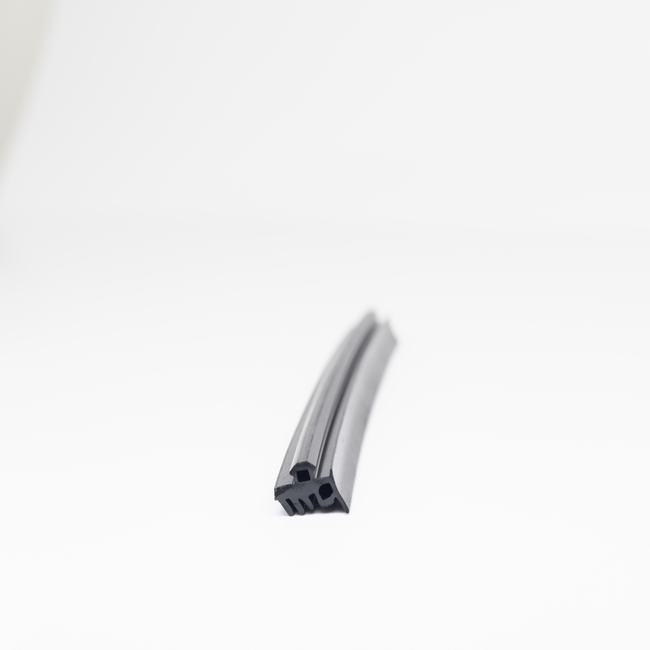GRP pipe seals are used to join two GRP pipes together. They are typically made of elastomeric materials, such as rubber or silicone, and are designed to provide a watertight seal. GRP pipe seals are available in a variety of sizes and types to suit different applications.
The most common type of GRP pipe seal is the compression seal. Compression seals are installed by forcing the elastomeric material into the grooves of the GRP pipes. This creates a tight seal that prevents water from leaking between the pipes.
Other types of GRP pipe seals include:
- O-ring seals: O-ring seals are made of a single ring of elastomeric material. They are installed by inserting the O-ring into the groove of the GRP pipe.
- EPDM gaskets: EPDM gaskets are made of ethylene propylene diene monomer (EPDM) rubber. They are typically used in applications where a high degree of flexibility is required.
- Butyl gaskets: Butyl gaskets are made of butyl rubber. They are typically used in applications where a high degree of resistance to chemicals is required.
GRP pipe seals are an important component of GRP piping systems. They help to ensure that the pipes are watertight and that the system operates efficiently.
Here are some of the benefits of using GRP pipe seals:
- They provide a watertight seal that prevents leaks.
- They are easy to install.
- They are available in a variety of sizes and types to suit different applications.
- They are durable and long-lasting.
GRP pipe seals are used in a variety of applications, including:
- Water transmission and distribution
- Sanitary sewerage collection and outfalls
- Storm sewers and drainage
- Seawater intake, outfalls and cooling water lines
- Industrial effluents
When choosing a GRP pipe seal, it is important to consider the following factors:
- The type of GRP pipe
- The size of the GRP pipe
- The application
- The environmental conditions


